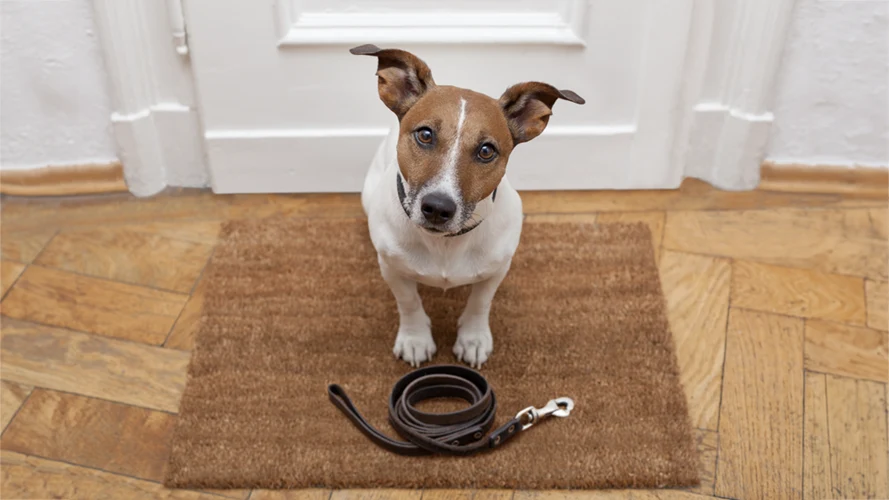How to Leash train your new puppy
Leash training a puppy is an essential skill that ensures safe and enjoyable walks for both you and your pup. Here’s a step-by-step guide:
1. Introduce the Collar or Harness
- Start Early: Get your puppy used to wearing a collar or harness as soon as possible.
- Make it Positive: Let them wear it for short periods indoors, rewarding them with treats, praise, or play.
- Ensure Comfort: Ensure the collar or harness fits snugly but not too tight—allow two fingers to fit between it and your puppy’s body.
2. Attach the Leash Indoors
- Let Them Explore: Clip the leash to their collar or harness and let your puppy drag it around in a safe, enclosed space. Supervise them to prevent tangling.
- Make it Fun: Reward them with treats or toys while the leash is attached to create positive associations.
3. Practice Following
- Encourage Them to Follow You: Pick up the leash and encourage your puppy to follow you around the house using treats or toys.
- Use a Cue: Introduce a command like “Let’s go” or “Come along” when you start walking.
- Reward Good Behavior: When they follow you without pulling or hesitating, praise and reward them.
4. Start in a Low-Distraction Area
- Begin leash training in your home or a quiet backyard before moving to more stimulating environments.
- Practice walking short distances, gradually increasing the time as they improve.
5. Teach Loose-Leash Walking
- Hold the Leash Properly: Keep it short enough to prevent pulling but with some slack to allow movement.
- Reward Them for Staying Close: Use treats or praise to reward your puppy when they walk by your side without pulling.
- Stop When They Pull: If your puppy pulls on the leash, stop walking immediately. Wait until the leash slackens, then resume walking. This teaches them pulling doesn’t get them where they want to go.
6. Use Positive Reinforcement
- Always reward your puppy for good leash behavior—whether it’s walking calmly, staying close, or responding to your cues.
7. Gradually Introduce New Environments
- Once your puppy is comfortable indoors or in a quiet area, gradually introduce them to more stimulating environments.
- Start with short walks in a quiet neighborhood, slowly progressing to busier areas as they gain confidence.
8. Redirect Undesirable Behavior
- Chewing the Leash: If your puppy chews the leash, distract them with a toy or treat. Avoid tugging on the leash as it may seem like a game.
- Stopping Mid-Walk: Use a treat or toy to encourage them to move forward if they stop walking.
9. Be Patient and Consistent
- Puppies have short attention spans, so keep training sessions short (5–10 minutes) and end on a positive note.
- Practice daily to reinforce good habits.
10. Avoid These Common Mistakes
- Don’t Yell or Punish: Negative reinforcement can make your puppy fearful or resistant.
- Don’t Pull Back on the Leash: This can cause discomfort and may teach them to pull harder.
11. Upgrade to Longer Walks
- As your puppy gets older and more comfortable on the leash, gradually extend the duration and distance of your walks.
By using patience, consistency, and positive reinforcement, your puppy will learn to enjoy walking on a leash, making outings enjoyable for both of you!



Leave a Reply
Want to join the discussion?Feel free to contribute!